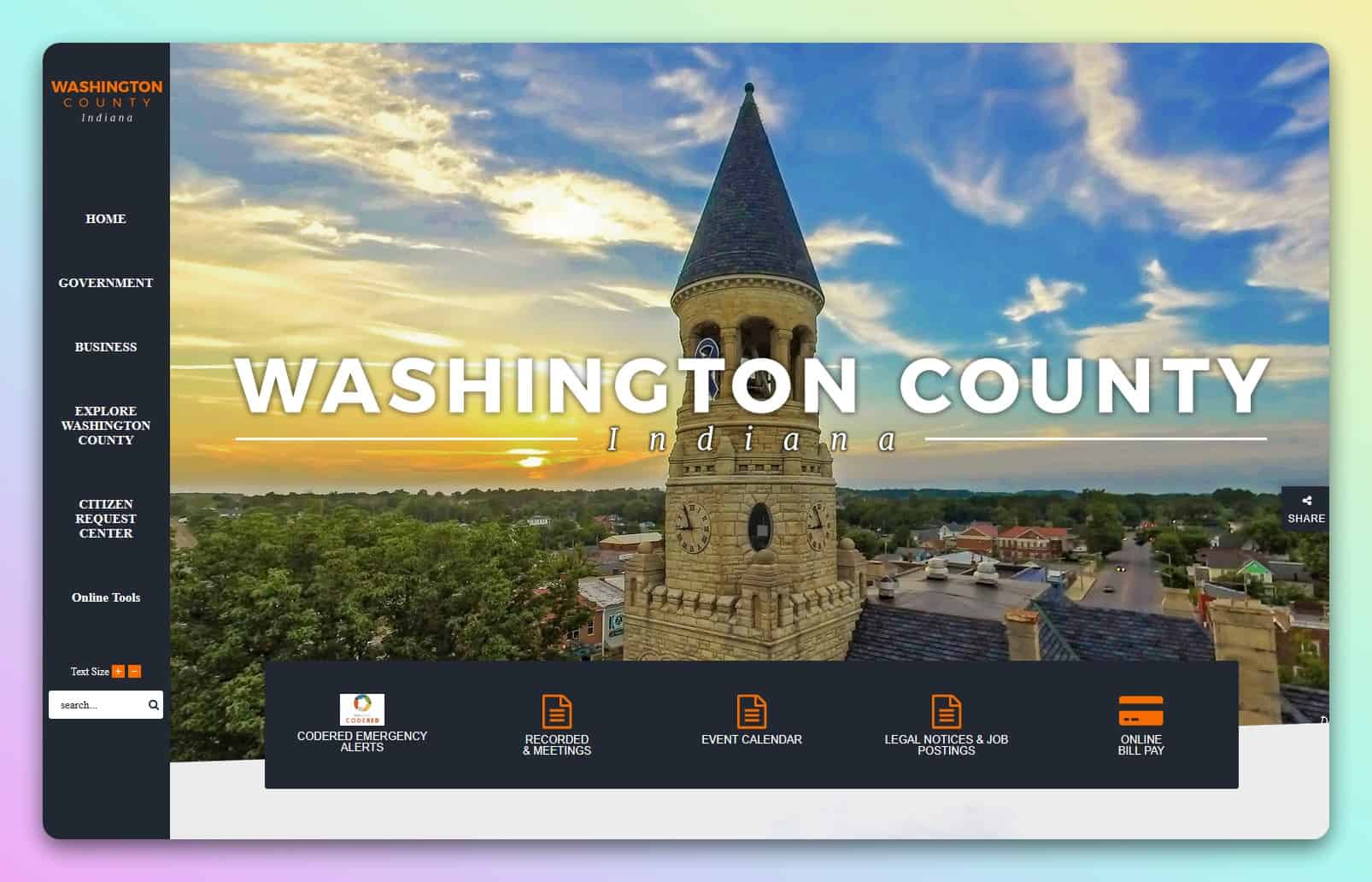Pouring through Google Analytics reports from last week, I noticed something about traffic sources: Facebook has cratered.
Here are four clients’ analytics data. This a nonprofit, government agency, for-profit product, and a for-profit service — in that order.
The charts next to each show Facebook and Search’s share of traffic to these sites, in some cases as far back as 2015. All data is just for the first six months of each year, Jan. 1 – June 18. I did it this way for consistency and because I happened to be looking at year-to-date totals when I noticed this trend.



This trend repeats on every site I checked. We have some sites that go back as far as 2002. It’s the same trend: an increase, then a sharp decline in Facebook.
This just as we’re spending more time than ever helping people with social media posts. So far this year, about a third of our time is spent preparing social media posts, graphics, links, and other assets. This is all going in the wrong direction.
I published numbers for other channels so you could see how they fare. In most cases, Twitter, LinkedIn, Pinterest, and others barely register. These clients shown here are some of hardest-working too, and they appear to have active followings on social media channels. I chose these four because they represent a solid middle-ground of an organization. There are no big ad budgets, no teams of people in towers, no super-trendy products or services that come and go.
I tweeted this weekend, “I spend an inordinate amount of time thinking of what crazy things clients could say on social media this week to get attention. And that’s sad on so many levels.”
I spend an inordinate amount of my weekend thinking about what crazy stuff clients could post online in a week to get attention. And that’s sad on so many levels. #fb
— Justin Harter (@jlharter) June 17, 2018
It’s sad because unlike individuals with an entire livelihood around being pretty and showing off their abs on Instagram, knucklehead marketers keep telling people they have to do the social media stuff. Clients don’t have time for this sort of stuff an ongoing basis, and even when they do (these four have a ton of really good posts on Facebook), it doesn’t convert to customers. It doesn’t covert them to donors.
Facebook links as the first comment in a post
Facebook’s algorithm has changed to diminish link posts. I’ve read in a few scattered places it might be worth testing posting a photo or video to Facebook and sharing the link to your site in the first comment of the post.
Don’t give up on the hard homework of writing
Start treating your social media like you treat your business cards: you do them because you have to. It’s hard to measure, but it’s probably worthwhile for small businesses and organizations to maintain a presence just for top-of-mind advertising. Subtle reminders that, “Hey, we exist!” are not a bad thing. Share things you write to social media because it’s easy to do so. Avoid planning out time-sucking post calendars and fretting over what you’re going to say about Memorial Day or Thanksgiving.
Don’t expect these numbers to improve. I wouldn’t be surprised to see Facebook referral traffic drop to nearly 10% of its heyday in the next year or two.
Meanwhile, keep writing. Google’s matured at directing people to posts and pages that answer real questions from real people ready to buy and get involved. The reason being Facebook doesn’t want to direct people off Facebook. Google absolutely wants to direct people to the right answers from Google.
LinkedIn is a network to watch, though. Microsoft’s ownership may not care to direct traffic away, so long as what people find there is a differentiated and better experience from Facebook.


